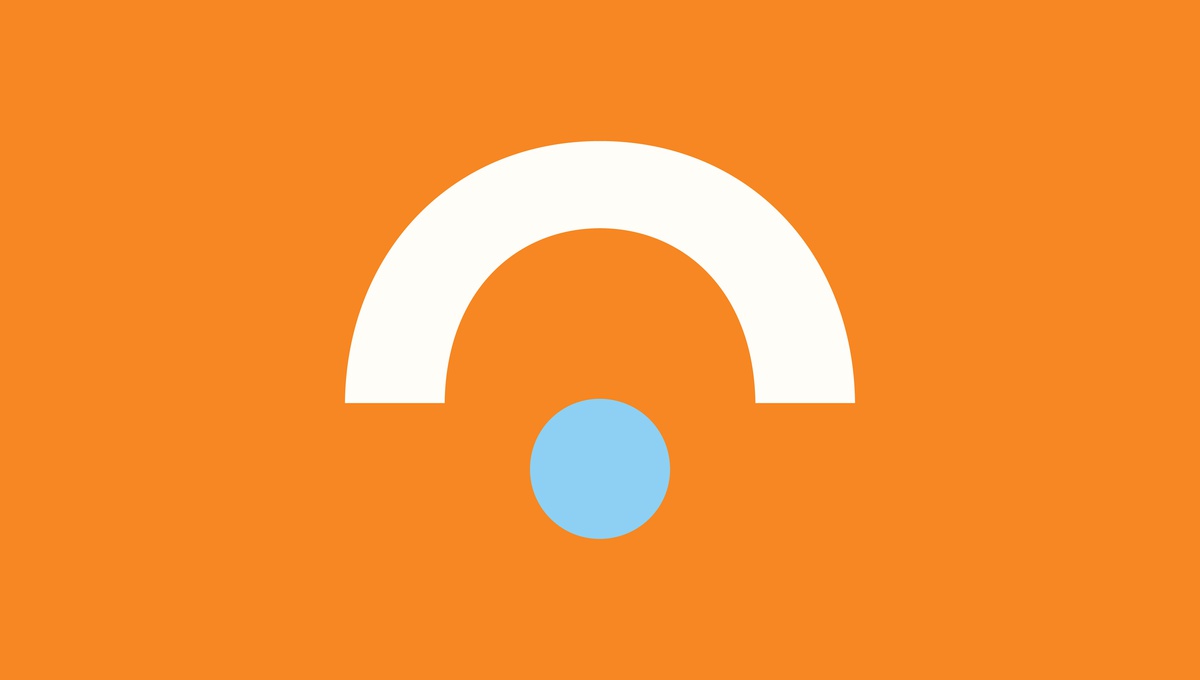The COVID-19 pandemic put many of us in a holding pattern. An unprecedented pause.
When I was informed of our first lockdown, three thoughts came to my mind: How will I teach my performing arts students online? How will I convert our outreach engagements with arts organizations to a virtual platform? How will I keep students engaged?

The pandemic required creative solutions to new problems. Each of us, young and old, created in ways we never thought possible. Despite the circumstances, arts educators, artists, and arts organizations outdid themselves and kept the arts vibrant in a dark time. Arts educators persevered and continue to develop creative approaches to online schooling; they sought out arts organizations and their artists for offerings, gallery tours, streaming, recording projects, highlights, and spotlights—anything that could sustain arts education in a time when in-person arts experiences were simply not safe. Artists and arts organizations have brought us joy when many of us were struggling to cope, and their support has kept arts education alive.
Arts education is a collaborative effort. The professional artist inspires, awes, and engages the learner. The educator develops and fine-tunes the learner’s skills and coordinates the outreach. The arts organization shows us the next step of the learner’s journey by transforming potential into professional performance—closing and cultivating the cycle from learner to professional artist. The Artist, The Educator, and The Arts Organization form the perfect Trio, and the focus of this Trio is the Learner.

Technology, fueled by human generosity and ingenuity, was the dominant medium of this innovative exchange. With the loss of in-person schooling and arts events, artists and arts organizations who had the means to do so shifted their work online. What we found, however, was that these were often offered for free.
Free is not financially sustainable. Free devalues what we all need the most: our ability—and our right—to create. An artist cannot create if they cannot afford to live. An arts organization cannot inspire its audience if it cannot fund its artists and programs. An educator cannot engage their students in the arts if they cannot access artists or arts organizations.
I reached out to designer Amanat Dugal with a concept: “Let’s make a global platform that brings visiting artists and arts organizations into the virtual classroom, and we’ll call it CommonTime.” The “fermata” that became our logo was actually half of a clock—the clock that had stopped in March 2020.
When the Conductor lifts the baton in preparation for the downbeat that will end the fermata, CommonTime is there guide the Arts forward.
We invite you to join CommonTime. Let’s find our pulse, together.



